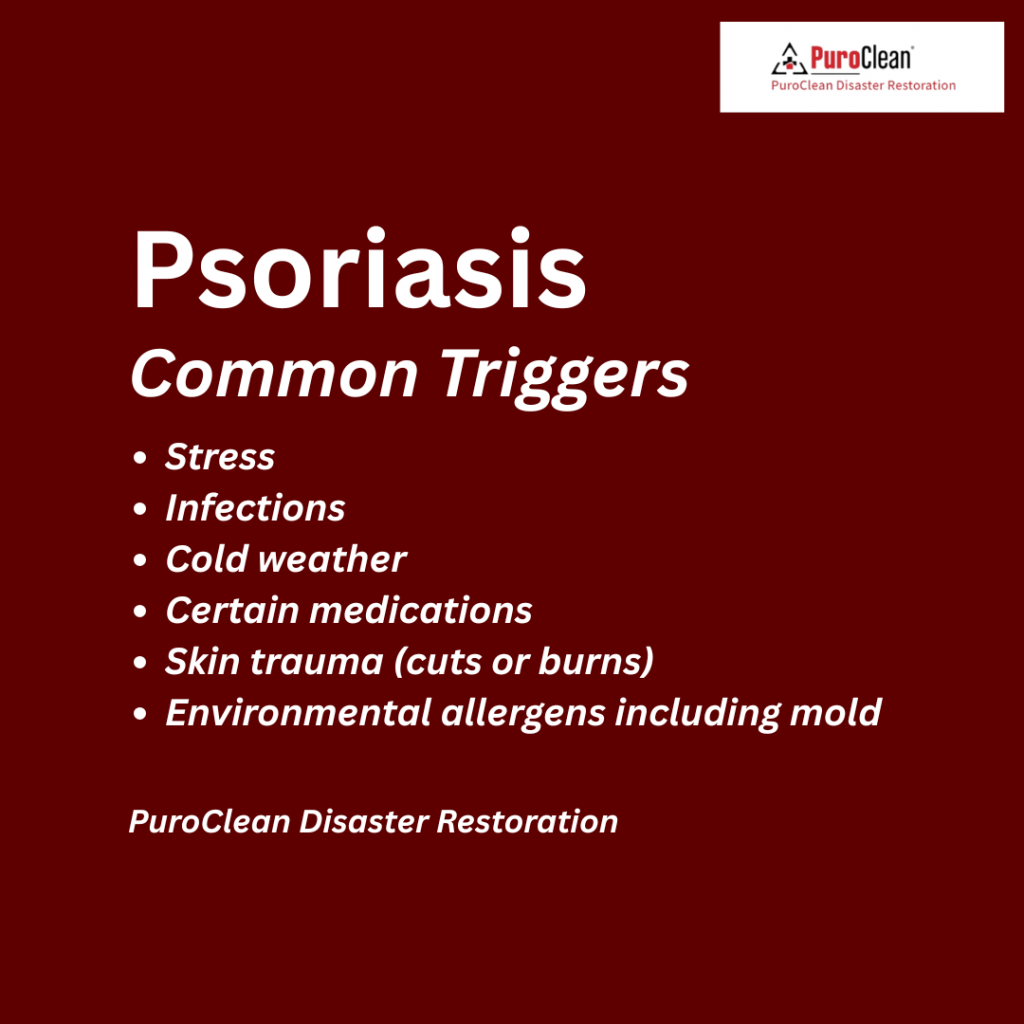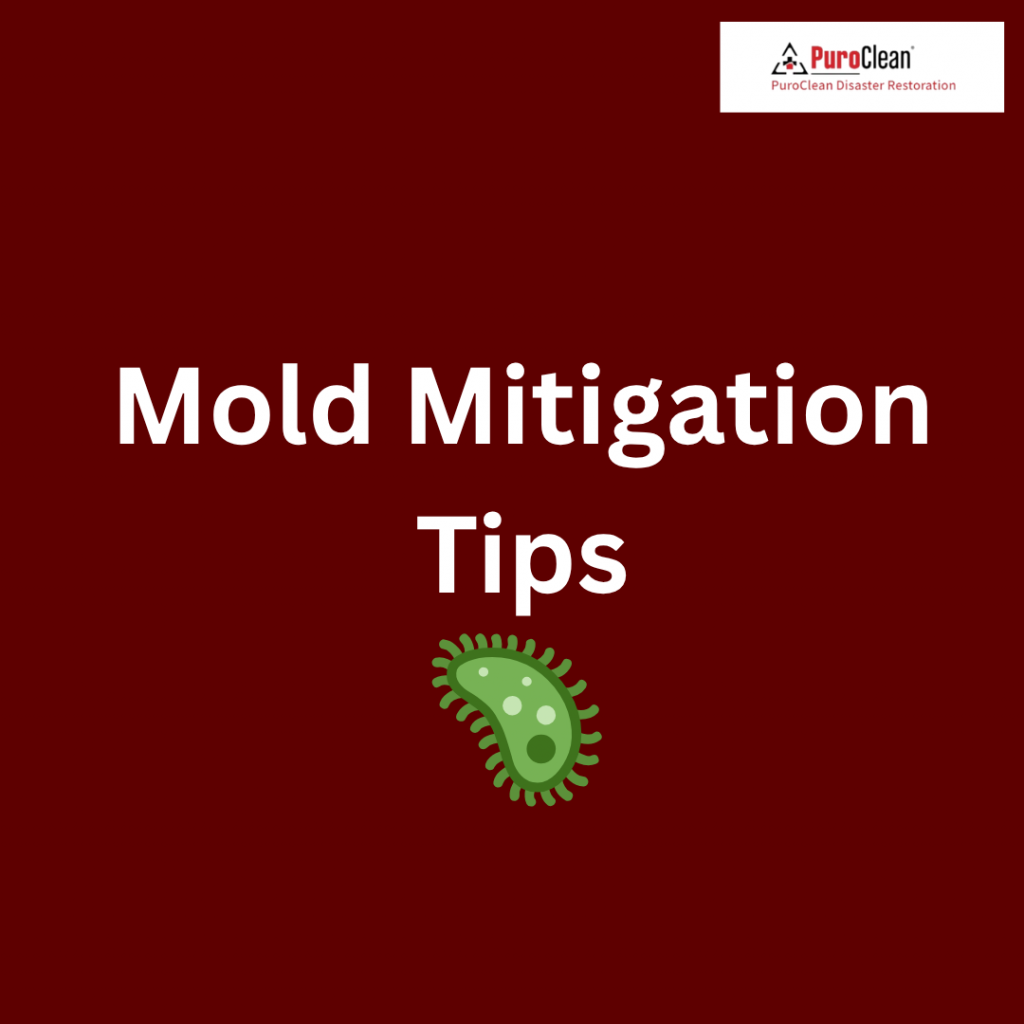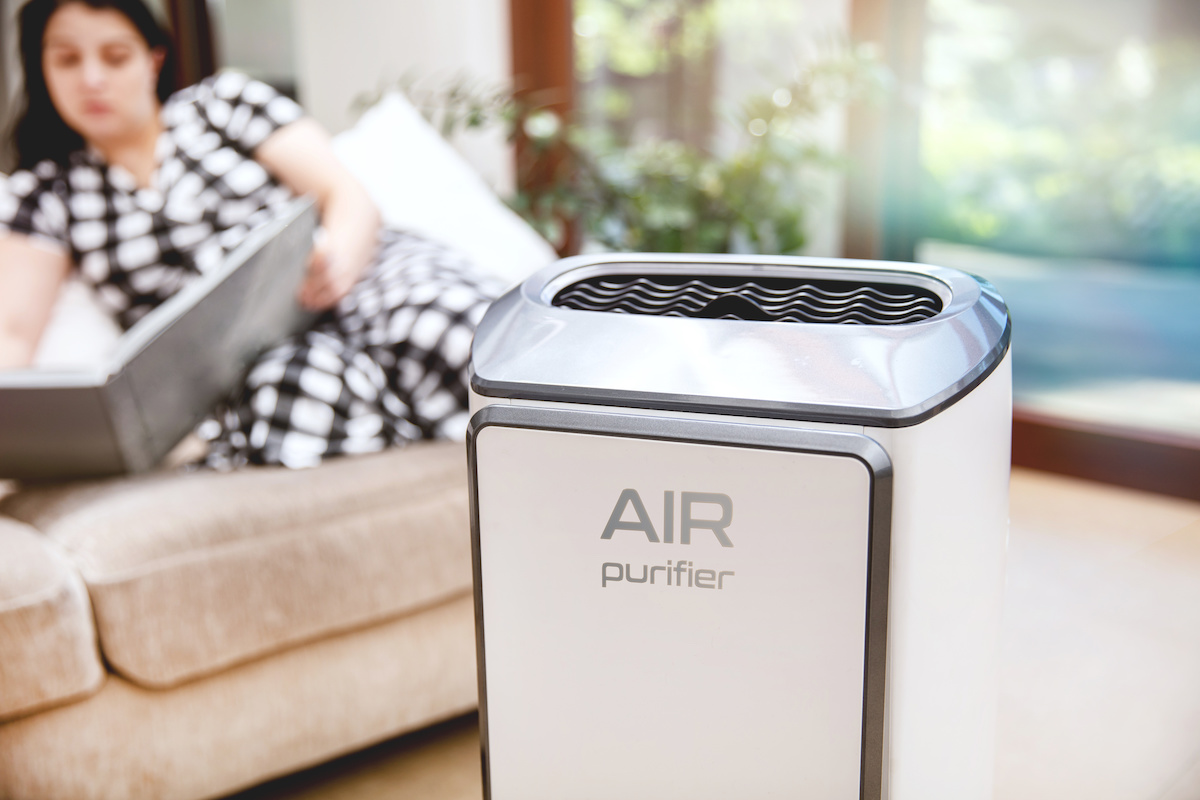Summary
Yes, mold exposure may trigger or worsen psoriasis flare-ups, especially in individuals with compromised immune systems or mold allergies. While mold doesn’t directly cause psoriasis, it can act as an environmental trigger that leads to inflammation and immune reactions, aggravating the condition. This article explores the connection between mold and psoriasis, shares a real-life story, outlines doctor-backed insights, and provides DIY mold mitigation and professional remediation tips to help you create a psoriasis-safe home.

Ana’s Story: “My Skin Was Screaming for Help, But the Problem Was in My Walls”
When Ana, a 34-year-old graphic designer, moved into her dream rental home in the Pacific Northwest, she didn’t think twice about the musty odor in the laundry room. But after just a few months, her normally manageable psoriasis flared up like never before. Red patches spread across her arms, scalp, and back. Steroids and creams didn’t work as they used to. The real culprit? A hidden black mold infestation in her HVAC system.
Her skin wasn’t the only thing affected her sleep, energy levels, and mental health all took a hit. It wasn’t until a professional inspection confirmed the presence of Stachybotrys chartarum (toxic black mold) that she realized her body was reacting to her environment, not just genetics.
What Is Psoriasis, and What Triggers It?

Psoriasis is a chronic autoimmune condition that speeds up skin cell production, causing red, scaly patches on the skin. It’s not contagious, but it is triggered by both internal and external factors.
Common Psoriasis Triggers:
- Stress
- Infections
- Cold weather
- Certain medications
- Skin trauma (cuts or burns)
- Environmental allergens including mold
Can Mold Really Trigger Psoriasis Flare-Ups?
Q: Is there a direct link between mold exposure and psoriasis?
A: While mold doesn’t cause psoriasis, research suggests it can trigger flare-ups by overactivating the immune system especially in people who are already sensitive or have mold allergies.
Here’s how it works:
- Mold spores are inhaled or absorbed through the skin.
- This causes the immune system to go into overdrive.
- That overactivity can worsen autoimmune responses, like those seen in psoriasis.
- The result? Redness, scaling, itching, and more frequent flare-ups.
What Science and Doctors Say About Mold and Psoriasis
Scientific Perspective:
- A 2018 study in Clinical Immunology found that environmental fungi can affect cytokine production, which is directly related to immune-mediated diseases like psoriasis.
- Mold produces mycotoxins, which may not only cause allergic reactions but also lead to inflammatory responses that aggravate skin conditions.
Doctor Insights:
According to Dr. Alan M., a dermatologist in Chicago:
“Patients with chronic skin conditions like psoriasis often report worsening symptoms in mold-infested homes. It’s not about mold causing psoriasis it’s about mold creating an inflammatory environment that weakens your body’s regulation.”
Symptoms That Suggest Mold May Be Triggering Your Psoriasis
If you’re experiencing the following alongside psoriasis flare-ups, mold might be a hidden contributor:
- Musty odors in certain rooms
- New or worsening allergies
- Watery eyes, sneezing, or coughing indoors
- Waking up with dry, irritated skin
- Recurring mold in your bathroom, HVAC vents, or basement
- Psoriasis patches spreading more aggressively or not responding to treatment
Mold Mitigation Tips: How to Make Your Home Psoriasis-Safe

Here are practical steps you can take to reduce mold exposure and help manage your psoriasis:
1. Inspect Moisture-Prone Areas Regularly
Check:
- Under sinks
- Behind the washing machine
- In the attic or basement
- Around windows
- Inside air conditioning units
2. Control Humidity
- Keep indoor humidity between 30–50%
- Use dehumidifiers in damp rooms
- Ventilate bathrooms and kitchens properly
3. Clean Mold With DIY Solutions
For small spots of mold:
- Use a 1:1 solution of white vinegar and water
- Scrub the area with a brush and wear gloves + mask
- Avoid bleach on porous surfaces it doesn’t fully kill mold roots
4. Replace Moldy Items
- Get rid of moldy carpets, rugs, or insulation
- Wash moldy fabrics with hot water and vinegar
When Should You Call a Mold Remediation Expert?
DIY solutions are great for surface mold, but you need professional help if:
- You smell mold but can’t find the source
- Mold keeps coming back
- You have more than 10 square feet of mold growth
- You or someone in the house has psoriasis, asthma, or mold allergies
Professional remediation includes:
- Moisture source identification
- Air quality testing
- Safe mold removal and disposal
- Prevention treatments to stop regrowth
For immediate assistance with mold removal and remediation in Indiana, contact PuroClean Disaster Restoration, Call (+1) 317-467-4436
PuroClean Disaster Restoration has over 19 years of experience in the mold removal, remediation and mitigation industry, with over 100 5 Star reviews on Google serving Indianapolis. Click on this link to see it’s online reviews and ratings.
How to Mold-Proof Your Home Long-Term
Here’s how to prevent future mold problems:
| Step | Action |
|---|---|
| Seal leaks | Regularly inspect your roof, windows, and pipes |
| Improve airflow | Use exhaust fans and open windows when cooking or bathing |
| Use mold-resistant paint | Especially in bathrooms and basements |
| Dry wet areas quickly | Clean spills and water damage within 24–48 hours |
Searched FAQs
Q: Can mold in my house make my psoriasis worse?
A: Yes, mold can trigger immune responses that may cause psoriasis flare-ups, especially if you’re sensitive to environmental allergens.
Q: How do I know if mold is affecting my skin?
A: If your psoriasis worsens in specific rooms or seasons (like rainy or humid weather), or you notice moldy smells or allergy symptoms, mold might be the culprit.
Q: What type of mold is most dangerous for psoriasis?
A: Toxic black mold (Stachybotrys chartarum) and other common indoor molds like Aspergillus and Penicillium are known to release inflammatory spores and toxins.
Q: Will cleaning mold help my skin condition?
A: Yes. Reducing mold exposure can lower your immune system’s inflammatory burden and potentially reduce psoriasis flare-ups.
The Lesson: Don’t Just Treat Your Skin Check Your Surroundings
Ana’s story reminds us that managing psoriasis isn’t only about skincare it’s about creating a healing environment. You can use all the creams in the world, but if your air is filled with invisible fungal spores, your skin may keep rebelling.
By identifying and removing mold, you’re not just fixing your home you’re supporting your immune system and giving your skin a chance to heal.
Final Thoughts
Mold is a silent invader that can wreak havoc on your body especially if you’re already dealing with autoimmune issues like psoriasis. While it’s not a direct cause, it’s a powerful trigger that you shouldn’t ignore. Take time to inspect your home, make small improvements, and seek professional help if needed.
Your skin will thank you.

 PuroClean Disaster Restoration
PuroClean Disaster Restoration